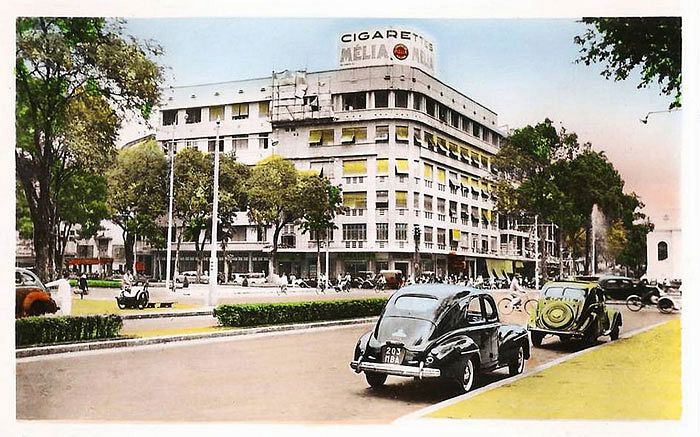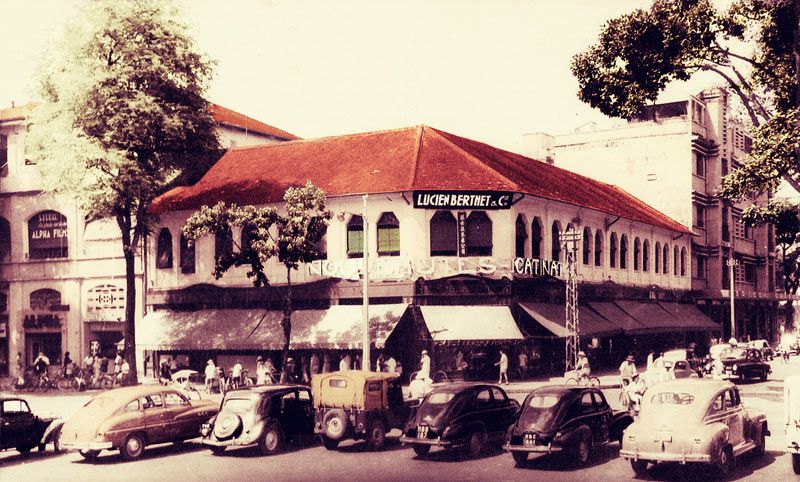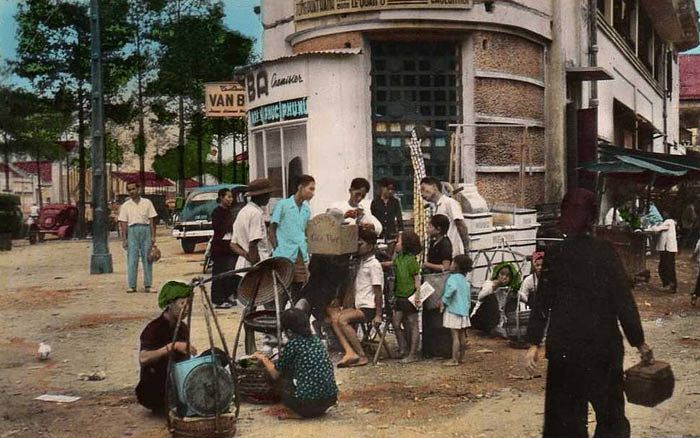Some people find it boring and unimaginative that all the cities in Vietnam share the same street names. Whether it’s an isolated town touching the Chinese border or a tiny strip of road leading to a deserted beach in Phu Quoc, the streets of Vietnamese cities all crisscross with the same names. Can this be attributed to being boring and having a lack of imagination? Hardly.
As this column has shown, there’s a rhyme and reason as to why streets are named as they are. In other countries, streets are littered with tacky, generic names. Cherry Blossom Blvd. Rodeo Drive (pronounced “row-day-oh”). First Street. Those are all creative dead ends if you ask me. This week, let’s examine a street that trumps them all when it comes to sounding bad ass: Cach Mang Thang 8 aka The August Revolution.
Departing from the standard formula of naming streets after dead guys, Cach Mang Thang 8 refers to a series of rebellions that took place in August of 1945.
Previous Articles in this Series:
- Street Cred: Lạc Long Quân and Âu Cơ
- Street Cred: Nguyễn Văn Trỗi
As many of you know, 1945 was a tumultuous year for planet Earth. World War II was winding down to an explosive end, leaving old imperialist institutions in tatters. In Vietnam, the Japanese had supplanted the French for supremacy just a few years earlier, but their power quickly went up in smoke after the Enola Gay paid Hiroshima a visit on August 6, 1945.
Upon being knocked out of WWII, Japan also vacated Vietnam (but not before training and arming the Viet Minh). The French thought, “Oh cool, Japan’s gone! Let’s pick up where we left off.” To France’s dismay, Ho Chi Minh and his clique of nationalists thought otherwise.
Sensing a golden opportunity to make a power play, the Viet Minh staged a series of uprisings throughout Vietnam starting on August 14, 1945. Millions of people took part in anti-French demonstrations, demanding independence for Vietnam.

Within a week, the rebellions yielded fruit: on August 19, the Viet Minh seized control of Hanoi. Fast forward another week and all the major cities in Vietnam, including Saigon, had fallen into the Viet Minh’s hands. Cach Mang Thang 8 proved to be a major hit for the Viet Minh, but the French weren’t hip to the beat. This compelled Ho Chi Minh to formally declare independence from France on September 2, 1945. It would take another nine years of fighting before the French decided to leave.
Although the August Revolution lasted for only two weeks, it was a pivotal moment on the road to Vietnamese independence. All the protests and social upheaval made it abundantly clear that the people of Vietnam did not want to be ruled by a foreign power. Little did anyone know at the time, the spark of the August Revolution would have to sustain itself not for nine years and one war with the French, but for another 30 years and another war with the Americans. As such, Cach Mang Thang 8 finds its rightful place atop the street signs of Saigon. And thankfully, it’s not named Autumn Fervor Street or something of the like.

About the writer:
California is where he’s from, Saigon is where he’s at and this column is where he could be found. If you’re looking for a freelance writer specializing in Vietnam, please contact Vinh at vinh@berkeley.edu.















